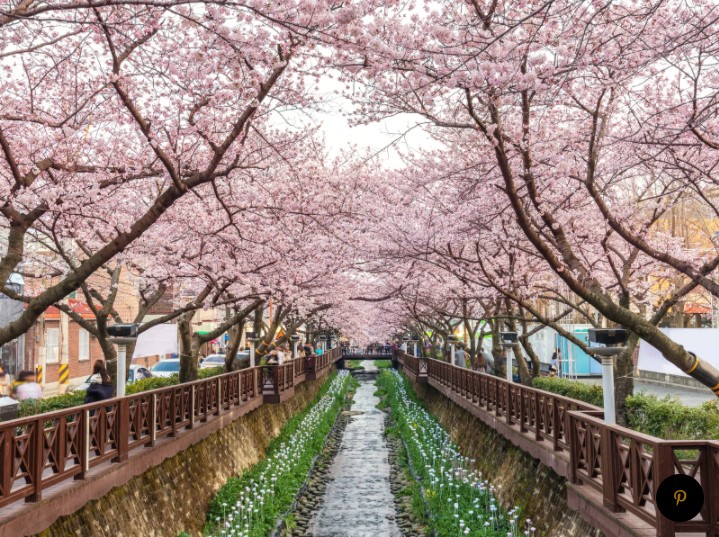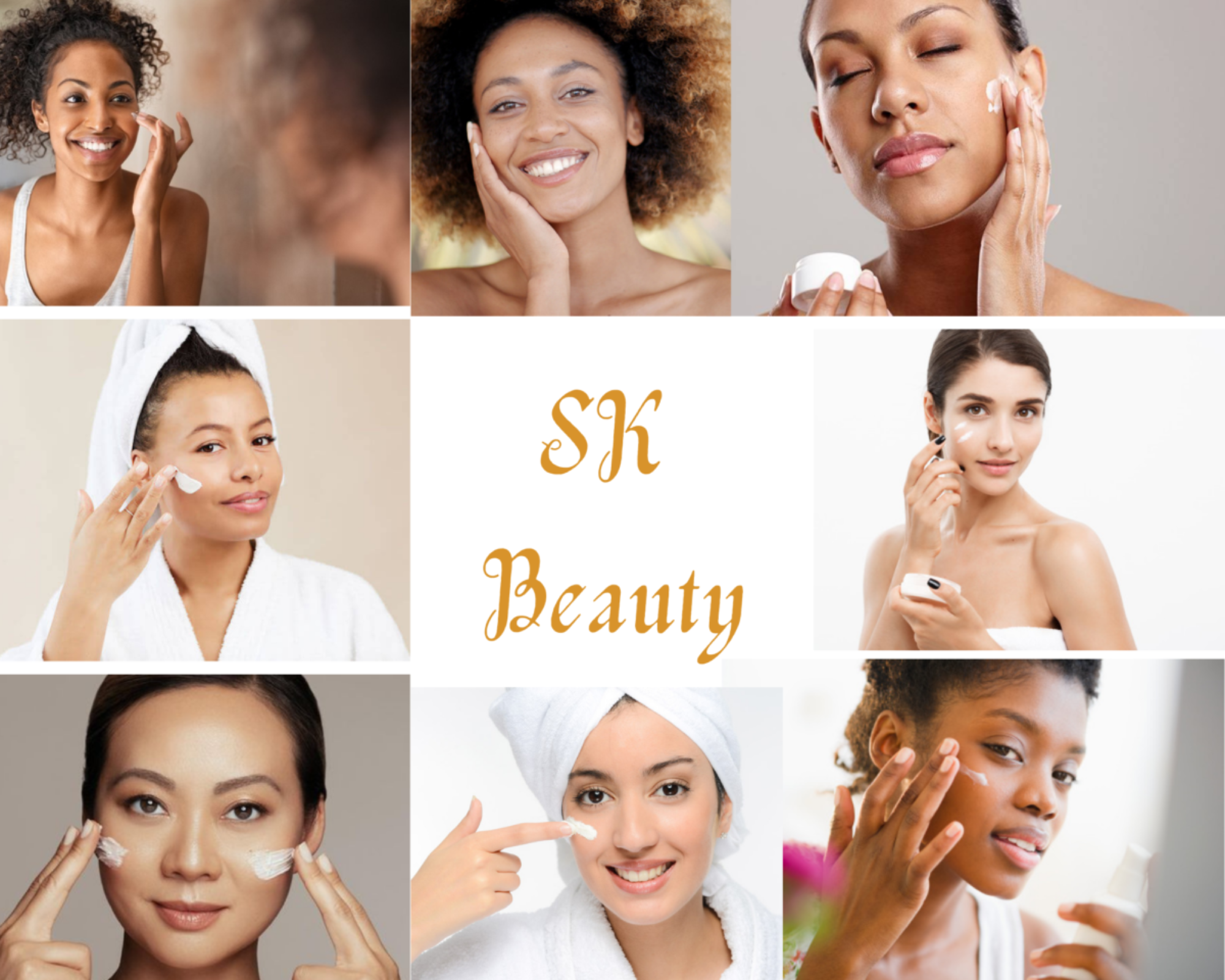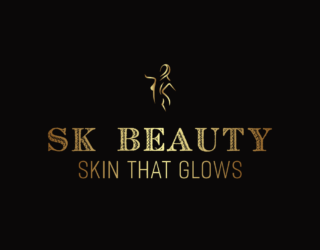

Why are we based in South Korea?
South Korea had been a member of the World Trade Organization as a developing country status since 1995 (Chung & Roh, 2019). As a developing country in the WTO, it benefits international trade with lower tariff rates that maximize the most astounding profit and generate economic growth (Amadeo, 2020). To maintain the global market’s capabilities and competitiveness, the government implements deregulation, initiates enterprises and foreign investors (Iyer & Bennur, 2018, p. 60). In 2019, the WTO announced South Korea is no longer considered a developing country status (Chung & Roh, 2019), which means the country attains a high standard of economic growth and political stability. It enhances disposable income and improves overall living standards. It savvies the incentive of high quality or luxury products.
Figure 1 Jinhae, South Korea

Currently, South Korea is experiencing two substantial demographic transformations: the drastic growth of single-person households and the senior group. The “solo economy” has the highest disposable income in the country and expects to generate 20% of the overall domestic consumption market by 2030 (Iyer & Bennur, 2018, p.70). Many retailers already accomplish sales volume for these single groups’ populations and provide the products and services they need from cosmetics, travel, fashion, daily use items, and online order. The senior population also significantly affects the retailing strategies. These groups are intensely concerned about their appearance, staying connected with stylish fashion and trends, and remaining young. Businesses targeting this demographic in luxury cosmetics and outdoor apparel most likely succeed due to their purchasing power and interest (Iyer & Bennur, 2018, p.71). The young tastes in this senior market are expected to grow extensively, especially in plastic surgeries. Plastic surgeries are prevalent in Seoul, South Korea, named the world’s cosmetic surgery capital, with around one million procedures every year. It approximated one out of every three women in South Korea between 19 and 29 have had some cosmetic surgery. Other groups even reach more than 50% (Chung & Roh, 2019). They prefer to spend money on fashion and manage their physical appearance to look younger than their actual age.
Page Author: ChiWai Li




